The Egyptian Museum in Cairo is the best place to visit after visiting the pyramids. it’s home to many ancient things that remind you of the time of Pharaohs.
Discover the rich tapestry of a city through its cultural and historical attractions! In this category, we invite you to explore the landmarks, heritage sites, and significant places that tell the story of each destination. From iconic monuments and ancient ruins to vibrant museums and charming neighborhoods, our articles highlight the sights that shape a city’s identity and reveal its unique history. Whether you’re a history buff or simply curious about the world around you, TripWays is here to help you uncover the cultural treasures that await your discovery. Join us as we journey through time and culture, making every visit an enriching experience!

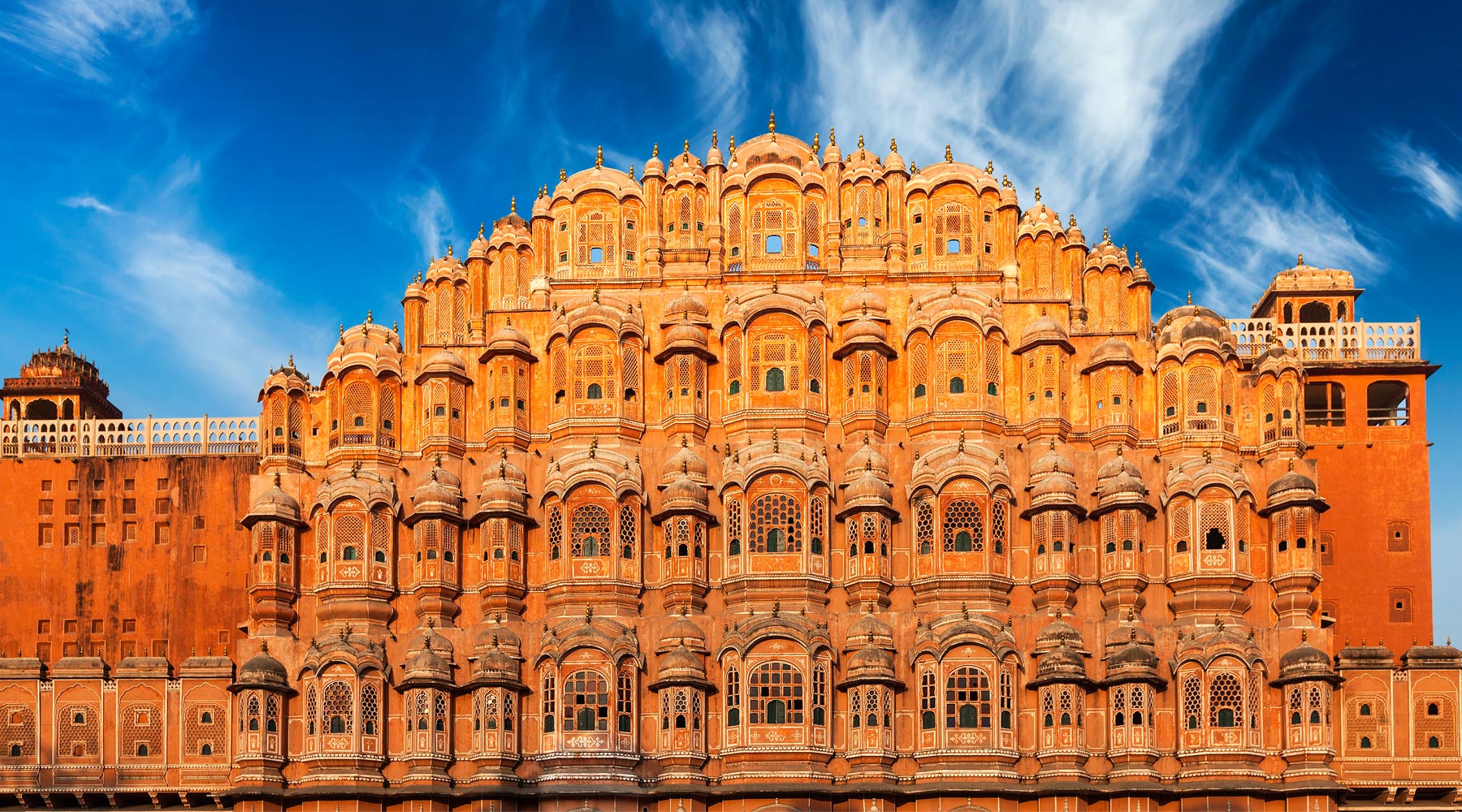
Hawa Mahal palace is an expanded portion of an immensely complex. Some of these famous tourist spot features are the stone-carved windows, miniature casements, and arched roofs, and there are also delicately modeled hanging cornices on the monument.
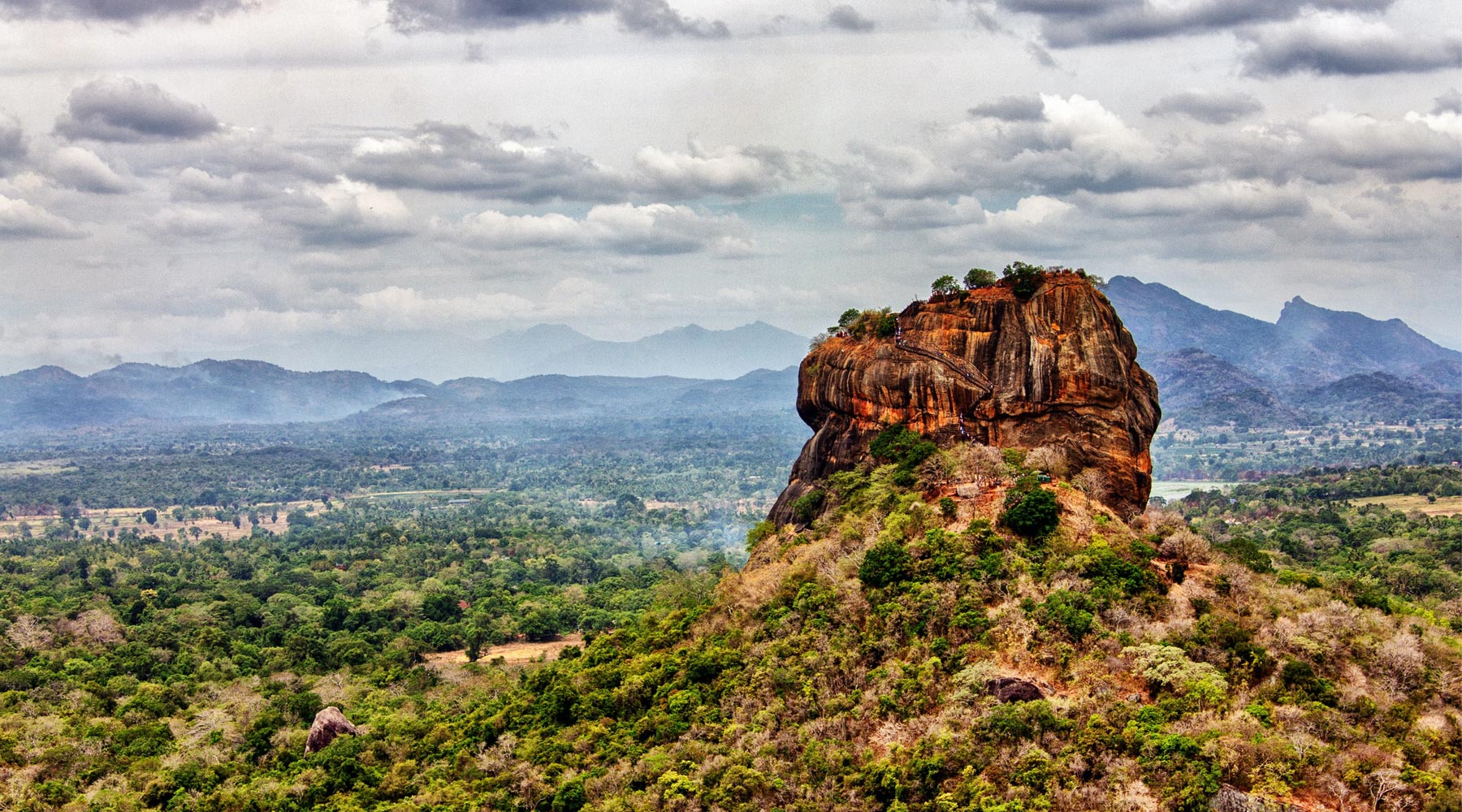
Sigiriya Fortress is an archeological monument in Sri Lanka, surrounded by a wonderful jungle. It is located in the middle of an island, and the closest towns to it are Dambulla and Habarane. Imagine a 200 meters mountain made of a volcano’s magma. You will see an old building on the top, and that’s exactly what you have been searching for, Sigiriya Fortress! The astonishing view of this building makes an unforgettable experience for visitors.

There many stories about the Dead Sea and knowing them gives you a better feeling while visiting sights. To everyone’s surprise, the Dead Sea is known as the biggest free spa on the planet. It is 10 times saltier than regular seawater and is located in one of the world’s lowest parts. Many people worldwide head to the Dead Sea to get a tan under the sun of the Dead sea. That’s because The Dead Sea is below the sea level, and it’s unlikely to get a sunburn.
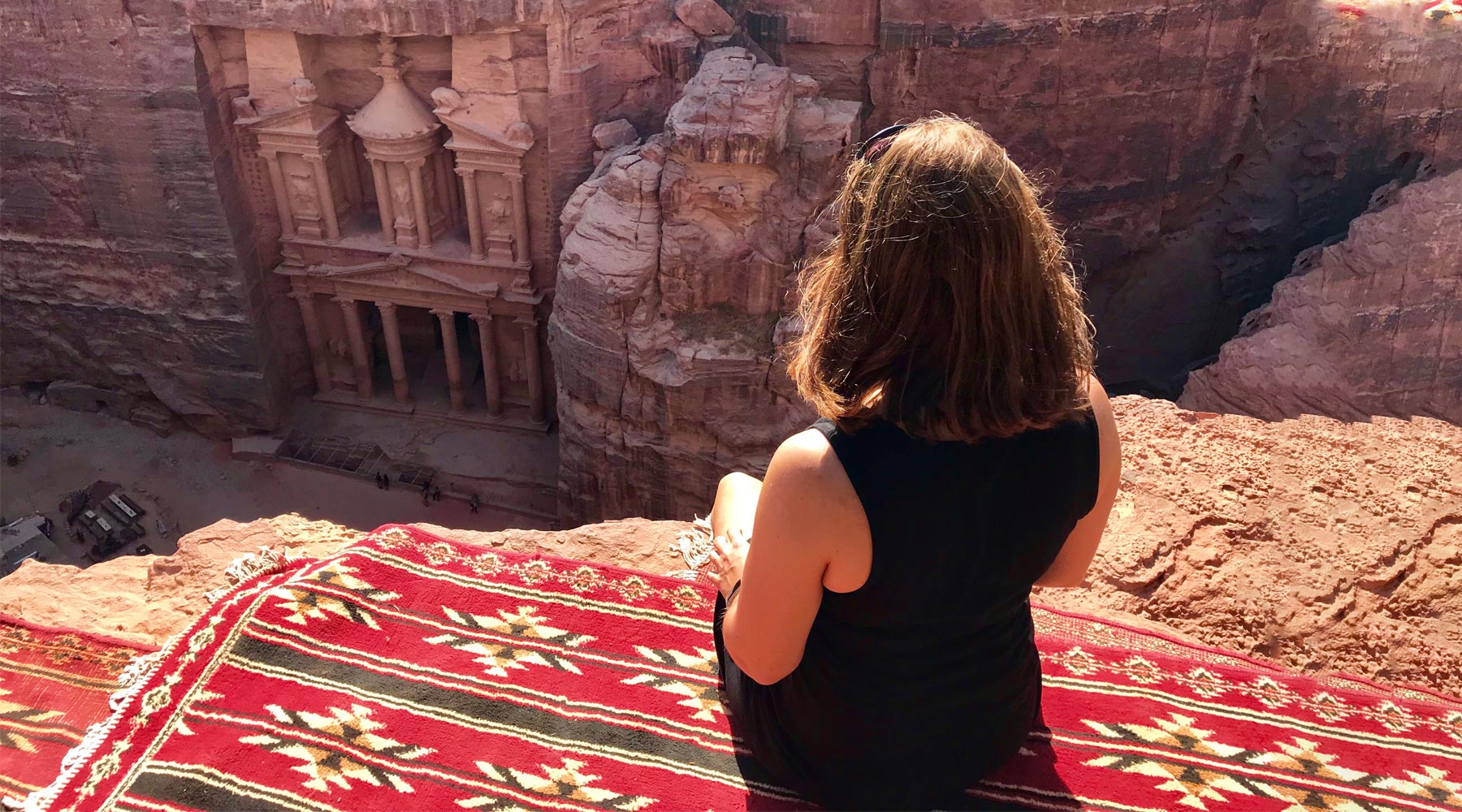
In Jordan’s desolate desert canyons, an ancient gem is located, the Ancient City of Petra. Petra is a UNESCO World Heritage Site and one of the New Seven Wonders of the World. The city flourished over 2,000 years ago when it used to trade with Rome as an equal before earthquakes in the 4th and 6th centuries C.E., which ruined the city. This archeological city is an enormous combination of tombs, monuments, and other religious structures carved into sandstone cliffs. Petra also used to be the capital of the Nabataean kingdom, but in the first century A.D., it yielded to the rising power of Rome.
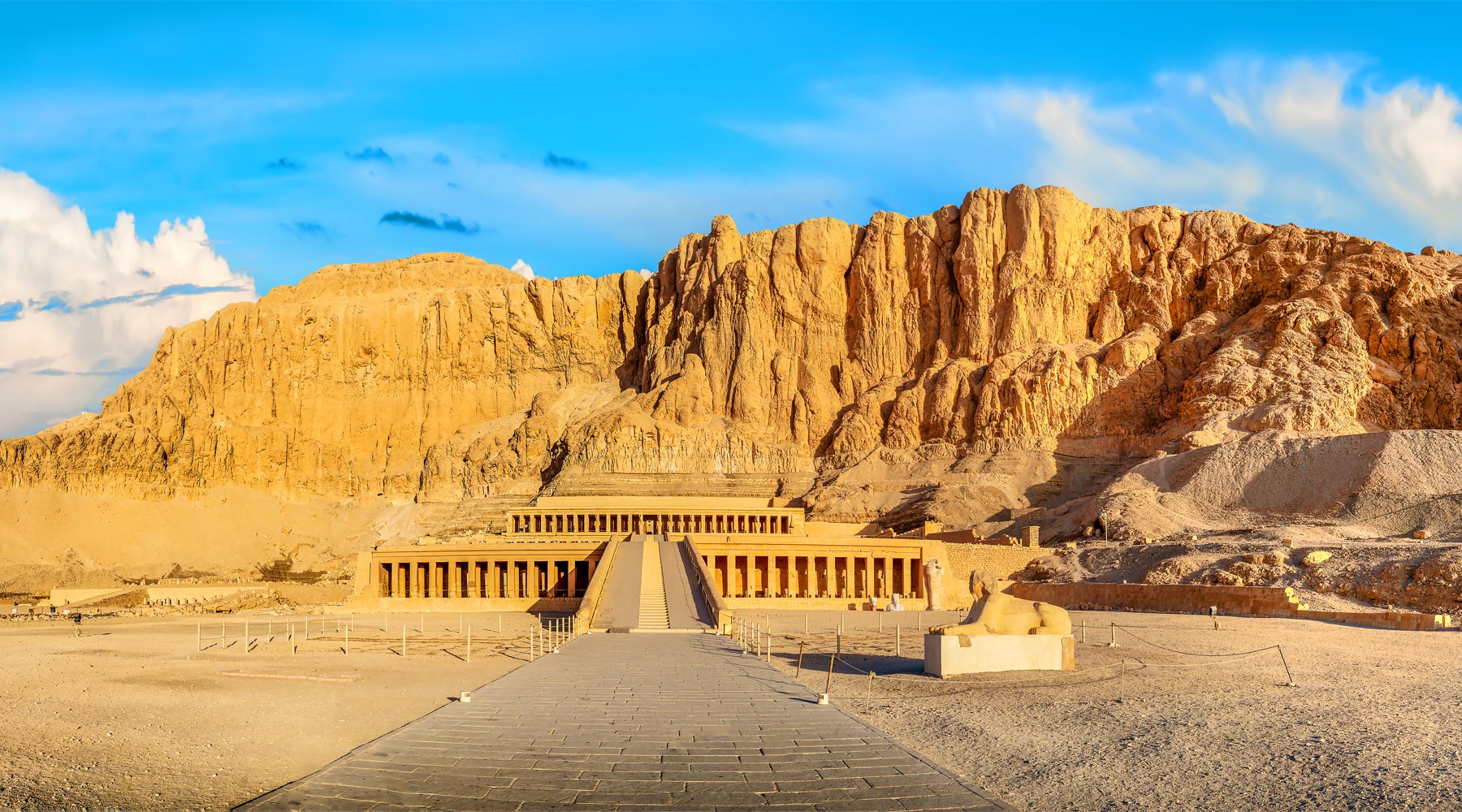
The Valley of the Kings is one of the most significant symbols of ancient Egypt at the time of the New Kingdom located on the west side of the Nile River near Luxor. Archeology lovers would be stunned by this fantastic place, considering the mausoleums of pharaohs are placed underground. Exquisite artworks have covered the walls, including paintings of nature, animals, and influential leaders of ancient times.

Luxor Temple is a strikingly graceful monument in the heart of a modern town, Luxor on the east bank of the Nile River, Egypt. This magnificent temple complex is constructed by the New Kingdom pharaohs Amenhotep III (1390–1352 BC) and Ramses II (1279–1213 BC). The main function of this complex was during the annual Opet festivals, when the statues of Khonsu, Mut, and Amun, were moved from Karnak and Avenue of Sphinxes, then reunited here during the inundation.

Blue Mosque, aka the Sultan Ahmed Mosque, is a magnificent example of Islamic architecture in Istanbul with a breathtaking architecture dating back to the Ottoman empire.

The Best Cruise Destinations of 2021 are the most adventurous and calmest places to spend your time watching the beauty of the world as you move by a cruise ship. here we made a list of the bests.
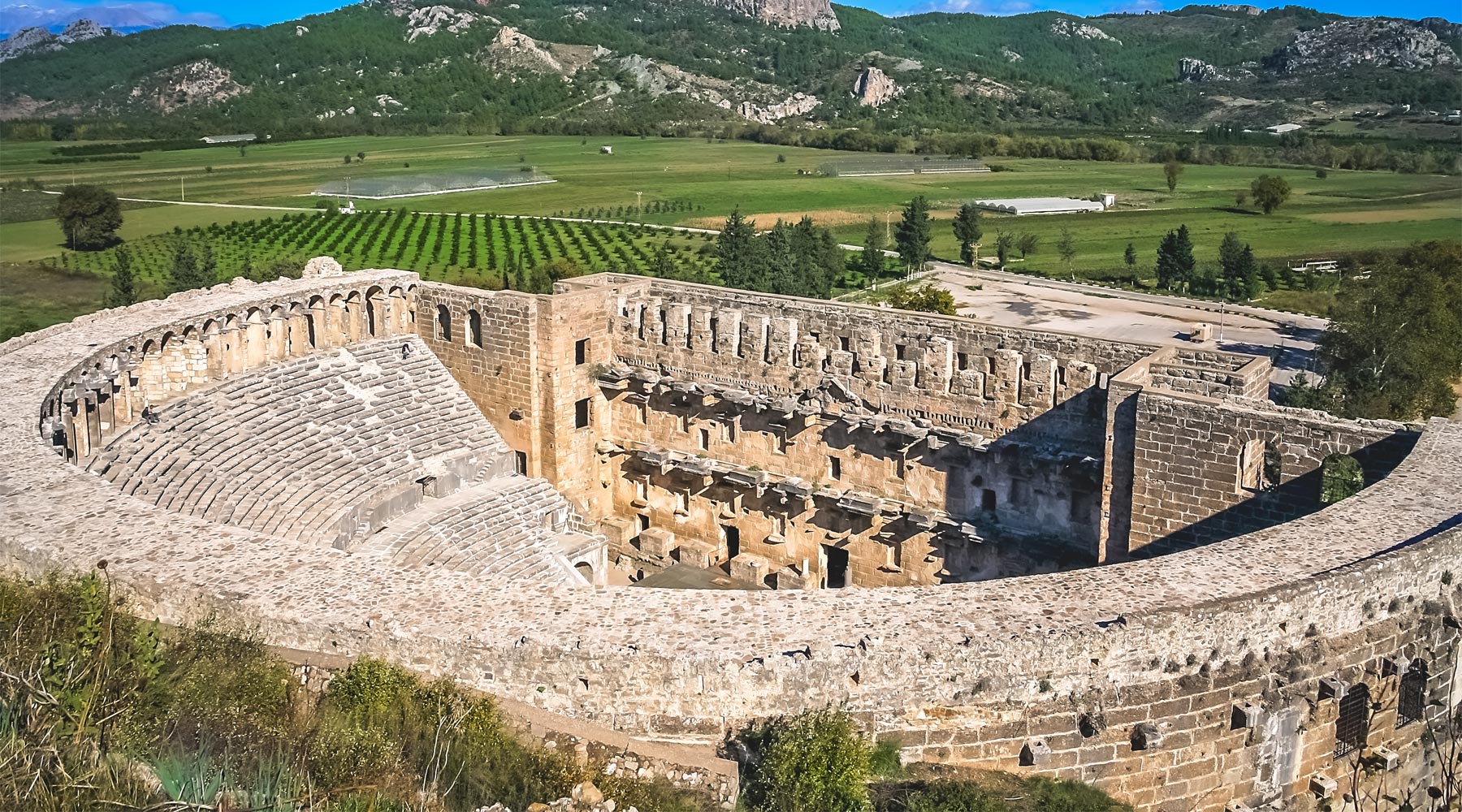
Aspendos Theatre is the best-preserved theatre of antiquity in Aspendos, a city near Antalya in Turkey dating back to the Roman emperor Marcus Aurelius’s reign.
